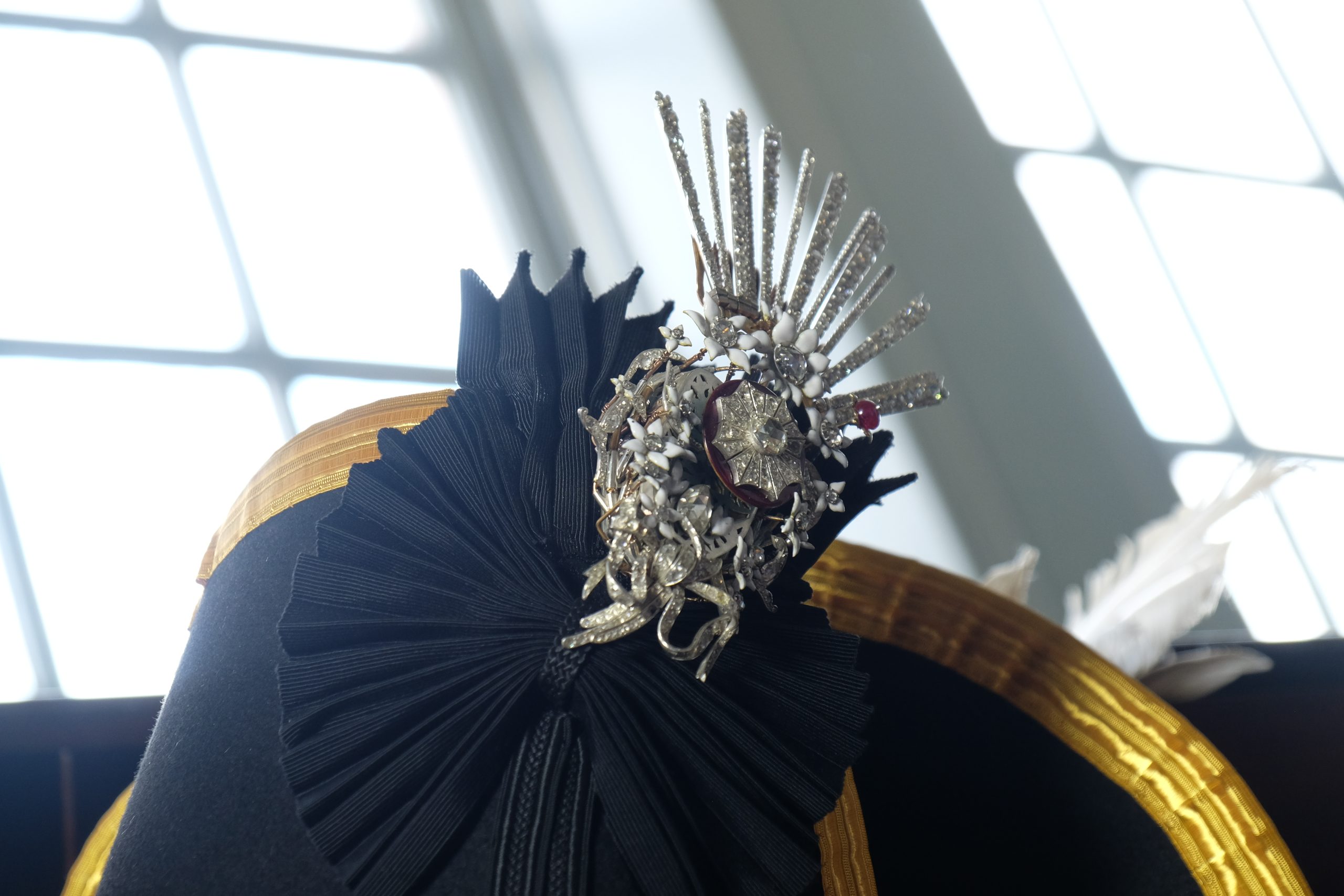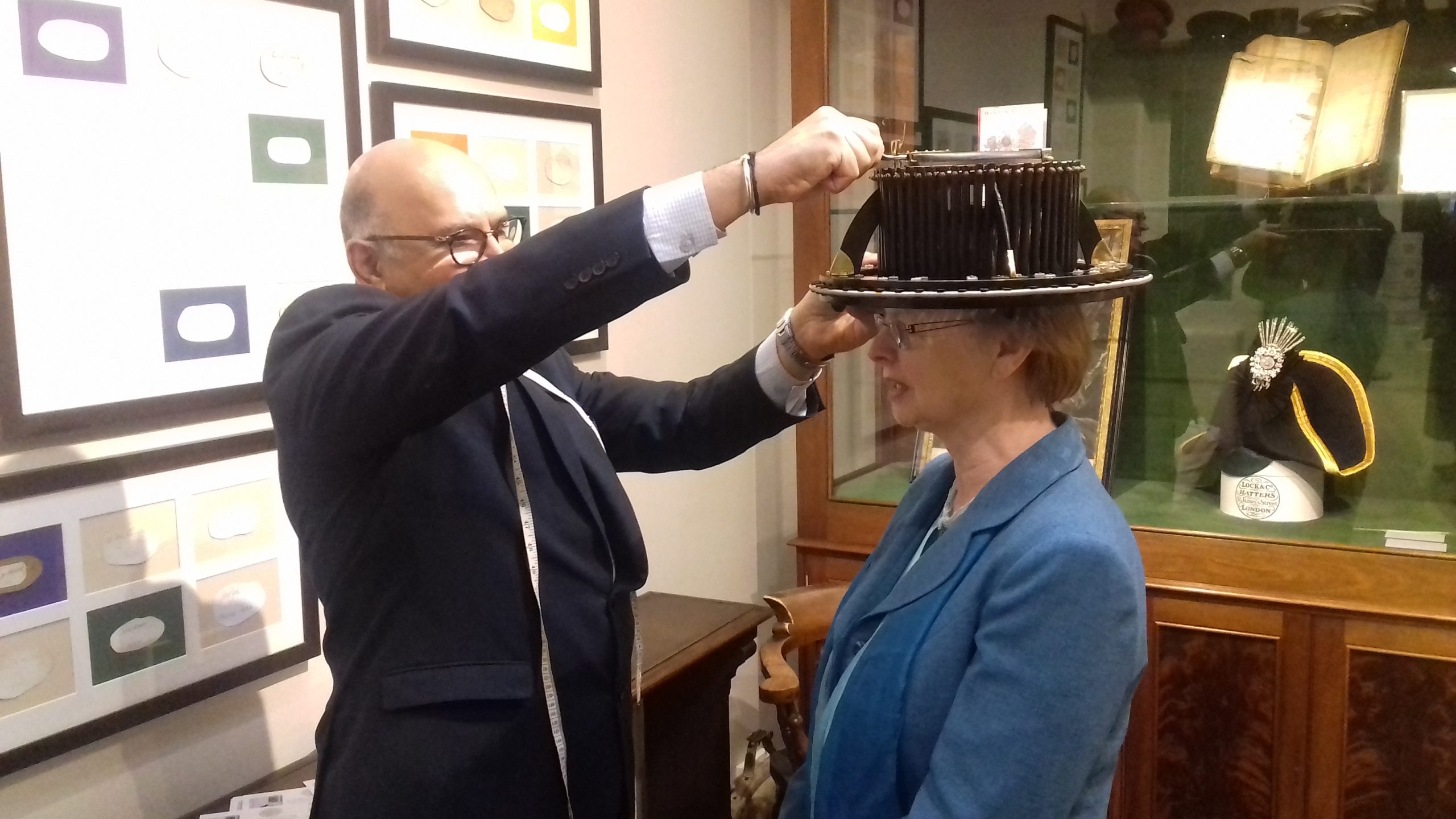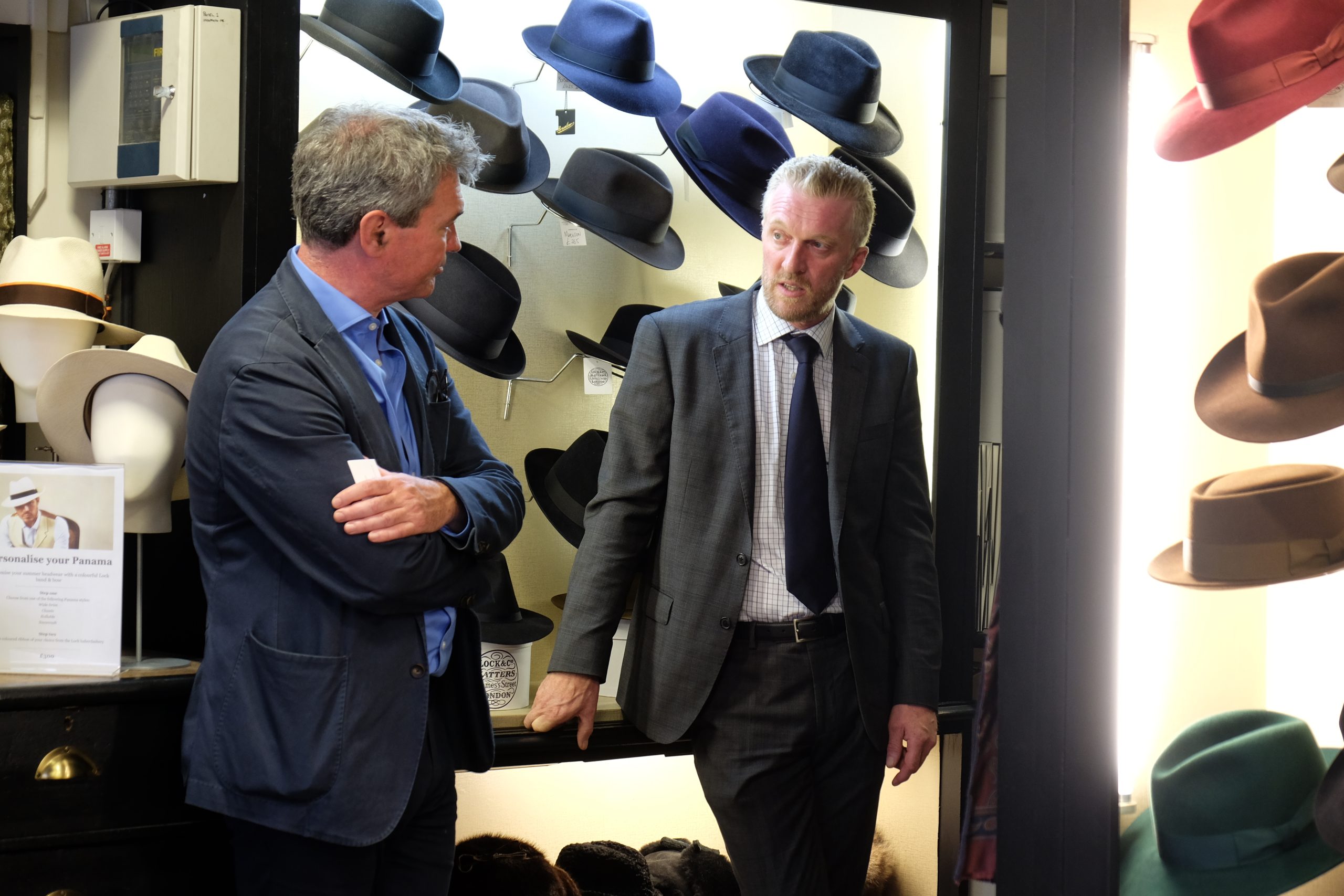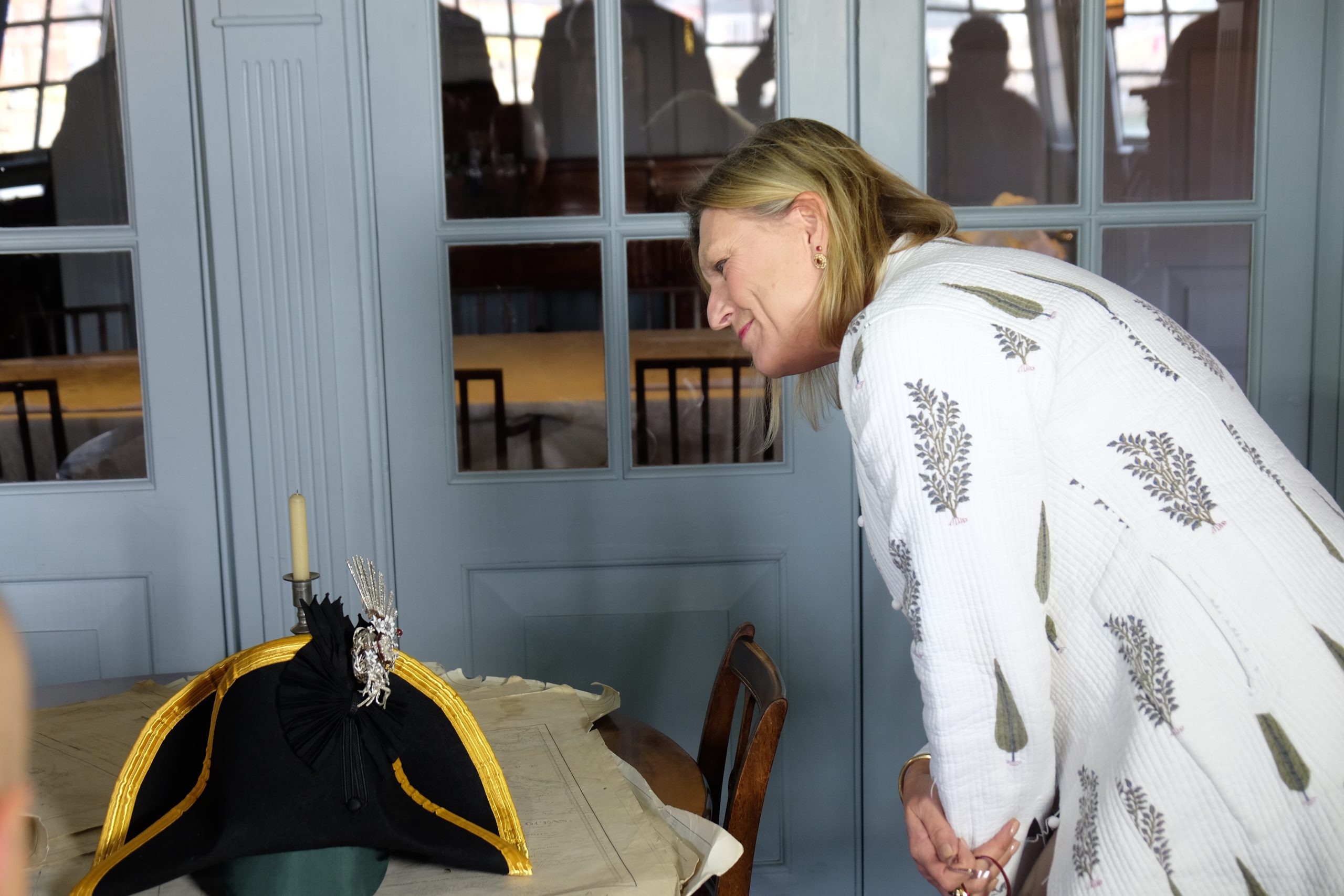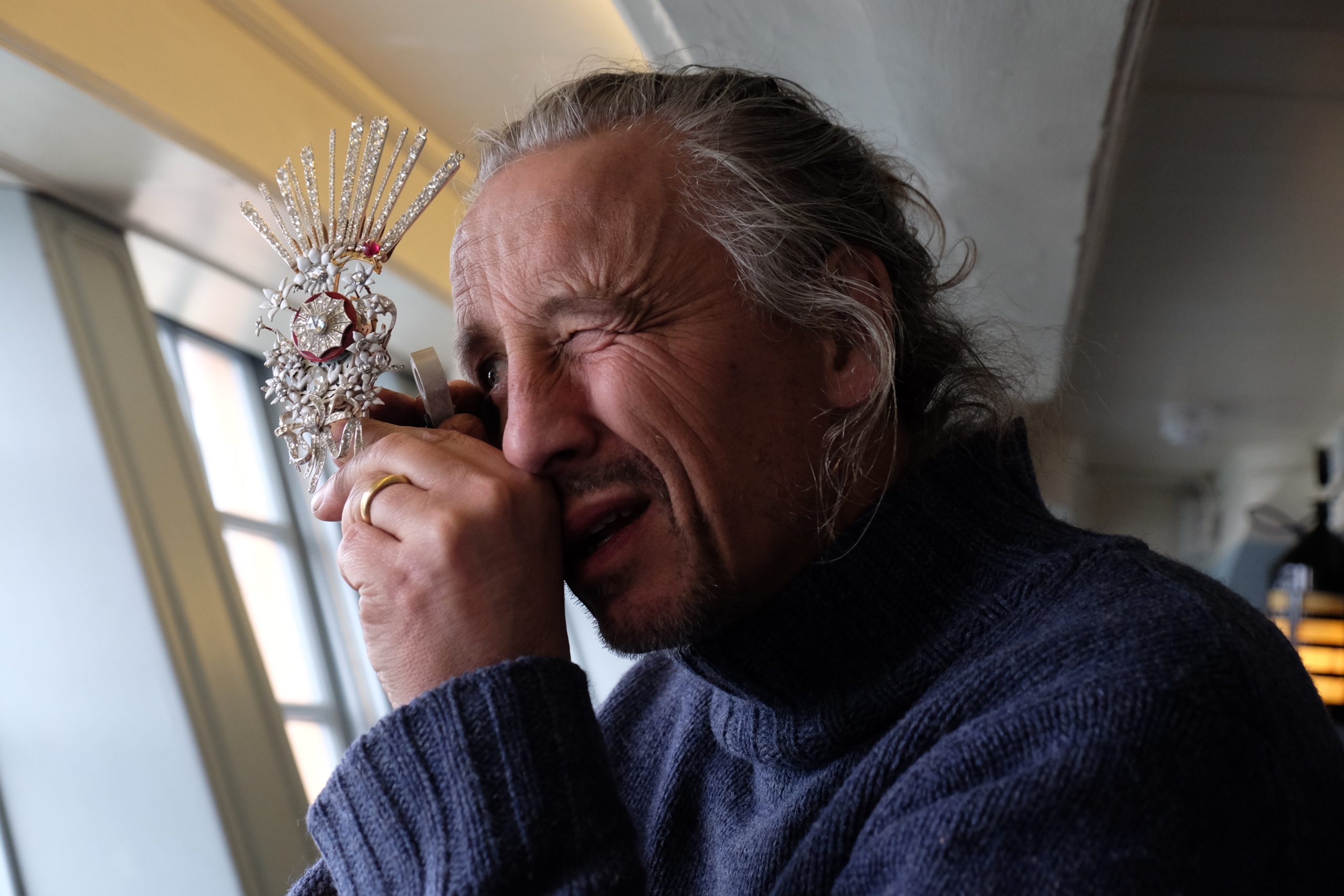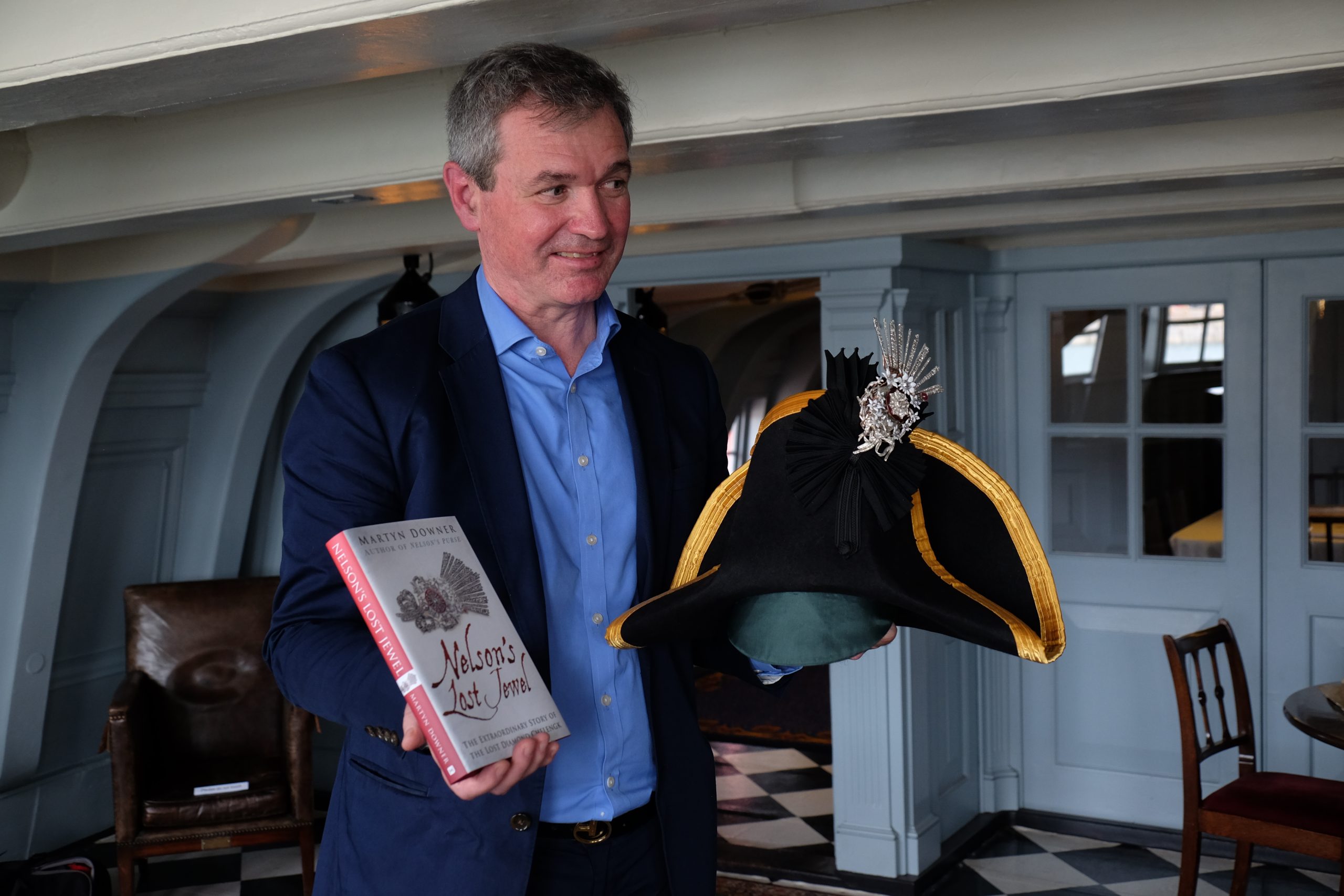No-one could accuse the Sultans’ jewellers of being unambitious. The Chelengk presented to Nelson after the Battle of the Nile makes the point. The turban jewel – the first ever presented to a non-Muslim – has a story all of its own. The sprays at the top represent the thirteen French ships captured by Nelson and the British fleet in the battle; the clustering enamelled flowers – each with a diamond in its centre – are set “en tremblant”, which means they are mounted on very fine gold wire, so that the flowers bob and “tremble” as the wearer walks. And the brilliant, crown-like cluster of diamonds in the middle has a clockwork mechanism, so that it turns to catch your eye, diamonds sparkling as they languidly rotate. Does anyone know the Turkish for bling? Because it looks like the Sultans invented it!
JUST LIKE CLOCKWORK
